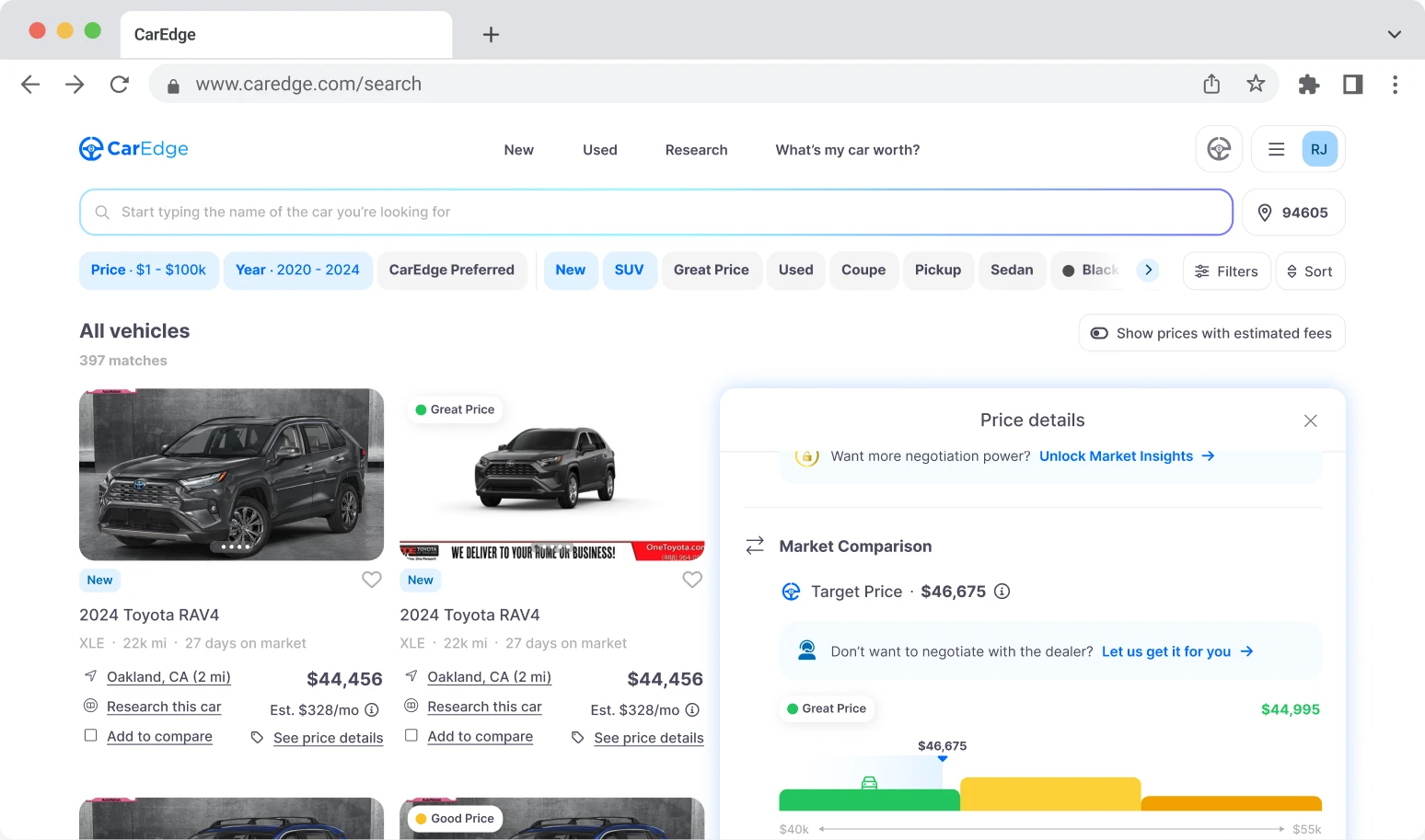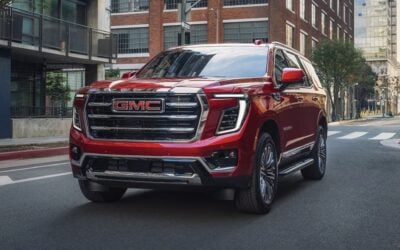Imagine this: you’re driving to work, and a letter from your car’s manufacturer is waiting at home. It’s not a routine service reminder—it’s a recall notice. Now what?
Car recalls happen more often than you might think. Millions of vehicles are recalled every year in the U.S. due to safety issues ranging from faulty airbags to stalling engines. Whether you already own the car or you’re thinking about buying one, it’s essential to understand how recalls work and what steps to take.
This guide covers everything you need to know, from checking your car for recalls to handling repairs and protecting yourself when buying a new or used car. Let’s dive in.
What Is a Vehicle Recall?
A vehicle recall is issued when a manufacturer or the National Highway Traffic Safety Administration (NHTSA) determines that a car has a safety-related defect or doesn’t comply with federal safety standards. These issues can put drivers, passengers, or others on the road at risk.
There are two main types of recall-related actions:
- Safety recalls – Required by law, must be fixed at no cost to the vehicle owner.
- Service campaigns or technical service bulletins (TSBs) – Optional repairs or upgrades that aren’t mandated by safety standards.
Recalls are typically communicated to owners by mail, email, or phone. But here’s the catch: automakers can’t always reach second or third owners. That’s why it’s so important to check for recalls regularly, especially if you bought a used vehicle.
How To Check If Your Car Has a Recall

Checking your vehicle for a recall is fast, free, and only takes a minute.
Here’s how to do it:
- Locate your VIN (Vehicle Identification Number):
- You’ll find it on your dashboard (driver’s side, where it meets the windshield), inside the driver’s door, on your registration, or insurance documents.
- If you’re checking for recalls on a car you already own, you can search using your license plate number instead of the VIN. If it’s a recently purchased vehicle, we recommend using the VIN.
- Go to the official NHTSA Recall Lookup Tool:
www.nhtsa.gov/recalls - Enter your VIN and check for any open recalls.
You can also check on your automaker’s website to monitor recalls over time.
Tip: Set a calendar reminder to check for recalls every 6-12 months. Some recalls are issued years after a car is sold!
What To Do If Your Car Is Recalled

If you find out your vehicle has an open recall, don’t panic—but don’t wait either.
Follow these steps:
- Confirm the recall is active and relevant to your VIN using the official NHTSA recall checker. You can also check on your automaker’s recall website.
- Call a dealership that services your brand, or schedule an appointment online. Make sure to state that you need all recalls resolved for your car.
Important note: If the recall was just announced, a fix may not be available yet. If this is the case, follow the instructions detailed in the recall for how to proceed until your recall repair is completed. In extreme cases, this may even include not driving the vehicle.
- Ask about a loaner vehicle or alternate transportation if needed, especially if the repair will take more than a few hours.
- Get the repair completed for free and keep documentation for your records. You are never expected to pay for recall repairs.
Important: Even if the issue seems minor or your car “feels fine,” safety-related recall repairs should never be ignored.
Do Recalls Affect Car Value?
Yes, but mostly if the issue hasn’t been fixed.
Unrepaired recalls can:
- Lower trade-in value.
- Show up on vehicle history reports like Carfax.
- Make your car harder to sell.
- Create liability if the buyer isn’t made aware of the issue.
If you’re thinking about selling or trading in your vehicle, take care of any outstanding recalls first. Resolving your car’s recalls is free and improves resale value. That’s a win-win!
How To Check for Recalls Before Buying a Car
Here’s a tip that can save you major headaches: always check for recalls before you buy. This is critical whether the vehicle is new or used. Brand-new vehicles can have recalls, but dealers are responsible for fixing the issue before selling the impacted vehicles.
Here’s what to do:
- Ask the seller for the VIN. If you’re browsing listings online, the VIN should be found on the listing.
- Plug it into NHTSA’s Recall Lookup Tool.
- If buying from a dealer, ask to see the recall repair history.
It might surprise you, but some new cars sitting on dealership lots also have open recalls, especially if the fix isn’t immediately available.
Watch for red flags:
- Multiple recalls for the same issue (like airbags or fuel leaks).
- Sellers who can’t or won’t verify completed recall repairs.
- Imported “grey market” vehicles that may have unresolved international recalls.
Pro tip: If you’re buying from a private seller, run a full vehicle history report and VIN recall check before committing.
Stay Safe, Stay Informed
Recalls are serious safety issues that can impact your life, your passengers, and others on the road. The good news? Manufacturers are legally required to fix them for free. All it takes is a few minutes of your time to check and act.
Whether you’re already behind the wheel or shopping for your next car, knowing how to check for recalls and what to do next gives you peace of mind—and possibly saves lives.
Shop smart with CarEdge. Each listing includes NHTSA recall information, with links directly to the latest updates from the agency. CarEdge Car Search even includes any ongoing investigations that may lead to a future recall. We’re simply here to provide the most transparent car buying experience possible, and we hope this information helps. Stay safe out there!













0 Comments